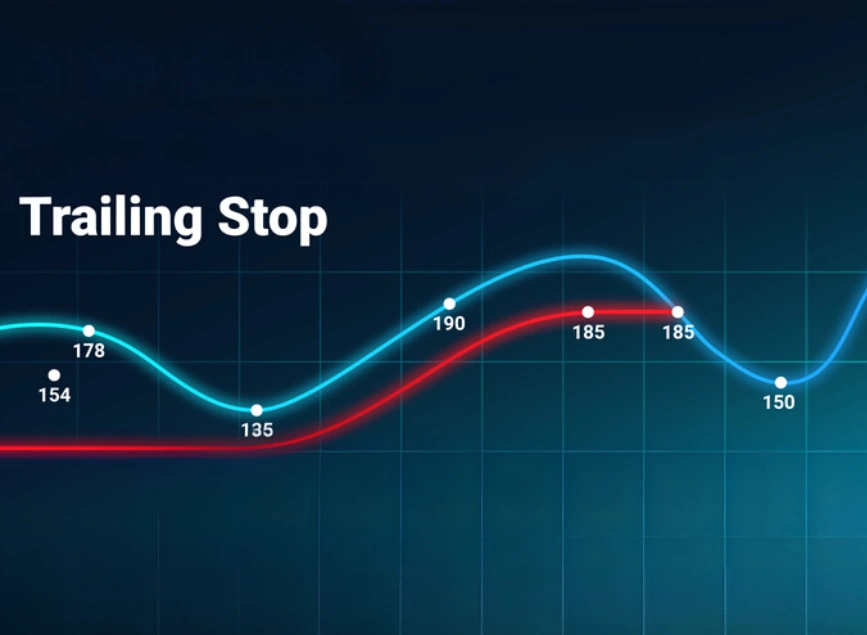
Trailing Stops in Forex: The Smartest Risk Management Tool for 2026
Estimated reading time: 3 minutes
Table of contents
Have you ever taken a profitable trade, only to see your gains disappear because the market suddenly turned against you? If so, you’re not alone. One of the smartest tools traders use in forex to lock in profits while letting winners run is the trailing stop. Trailing stops in forex are essential for managing risk and securing gains.
In this article, you’ll learn what a trailing stop is, how it works, and why it can be a game-changer for protecting your trading profits, especially in forex markets where trailing stops are crucial.
What is a Trailing Stop?
A trailing stop is a dynamic stop-loss order that automatically moves with the market as the price moves in your favour. Unlike a regular stop-loss that stays fixed, a trailing stop “trails” the price by a set amount (pips, points, or percentage), helping you maximise profits while minimising risk.
✅ Example:
- You buy EUR/USD at 1.1000 with a trailing stop of 30 pips.
- If the price rises to 1.1050, your stop moves up to 1.1020.
- If the price reverses and hits 1.1020, your trade closes, securing 20 pips of profit.
Read More: Mastering the Art of Stop Loss: A Comprehensive Guide
Why Use a Trailing Stop?
Here are the key benefits of using trailing stops in trading, especially when employed in forex markets.
1. Protects Profits Automatically
Once the trade moves in your favour, the trailing stop adjusts without you having to monitor the charts 24/7, which is crucial when using trailing stops in forex settings.
2. Removes Emotional Decision-Making
Trailing stops keep you disciplined by exiting the trade automatically, preventing emotional decisions like holding too long or closing too early, which is integral for those trading forex with trailing stops.
3. Lets Winners Run
Unlike fixed stop-losses or manual exits, a trailing stop allows your trade to stay open as long as the trend continues, making it an excellent strategy for forex traders who want their winners to run.
Trailing Stop vs. Fixed Stop-Loss
| Feature | Trailing Stop ✅ | Fixed Stop-Loss ⚠ |
|---|---|---|
| Moves with market? | Yes | No |
| Protects profits? | Yes | Only limits losses |
| Best for? | Trending markets | Range-bound markets |
Best Practices for Using Trailing Stops
💡 1. Choose the Right Distance – Too tight, and you might exit early; too wide, and you risk giving back profits, especially when dealing with forex trades using trailing stops.
💡 2. Use in Trending Markets – Trailing stops work best when price moves strongly in one direction.
💡 3. Combine with Technical Analysis – Set your trailing stop based on ATR (Average True Range) or recent swing highs/lows for better accuracy in forex trading.
Summary
A trailing stop is a smart, hands-free way to protect your profits and let winning trades run longer. By combining it with solid technical analysis, you can trade more confidently and avoid emotional mistakes, especially when utilising trailing stops in forex.
👉 What about you? Do you already use trailing stops in your trading? Share your experience in the comments below!
FAQ
Q1: What is a trailing stop in trading?
A trailing stop is a stop-loss order that automatically adjusts as the market price moves in your favour, helping you secure profits. It’s particularly useful when dealing with trailing stops in forex trades.
Q2: Is a trailing stop better than a fixed stop-loss?
It depends on market conditions. Trailing stops are better in trending markets, while fixed stop-losses work better in ranging conditions.
Q3: Can I use trailing stops in forex, stocks, and crypto?
Yes, most brokers and exchanges offer trailing stops for forex, stocks, and even cryptocurrencies.
Q4: What’s the best trailing stop distance?
There’s no one-size-fits-all. Many traders use the ATR indicator or recent price swings to determine an optimal distance for trailing stops in forex.
Share
Hot topics

Will 2026 Be a Turning Point for Crypto Regulation in the U.S.?
The cryptocurrency world is gearing up for a transformative year as a pro-crypto administration, led by Donald Trump, prepares to take charge in the United States. With a Congress expected...
Read more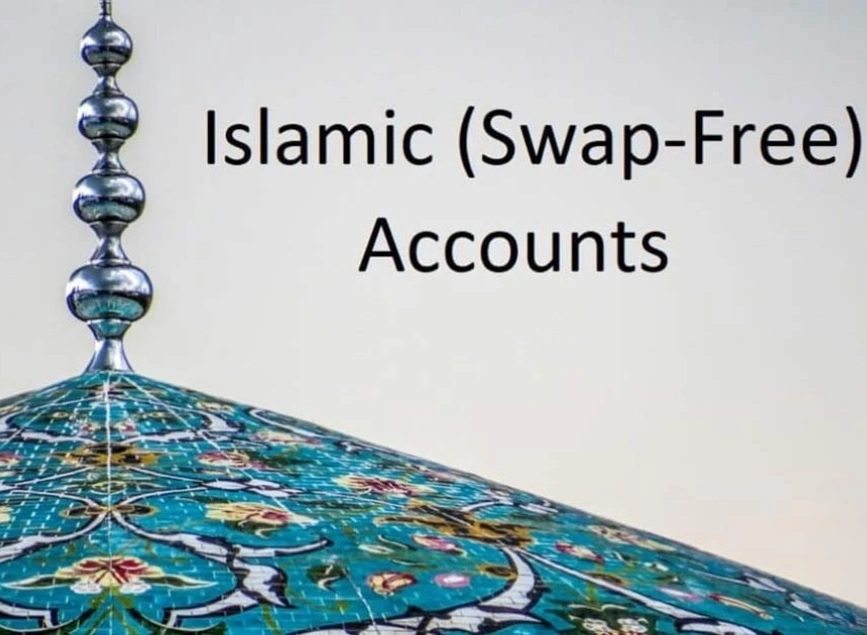
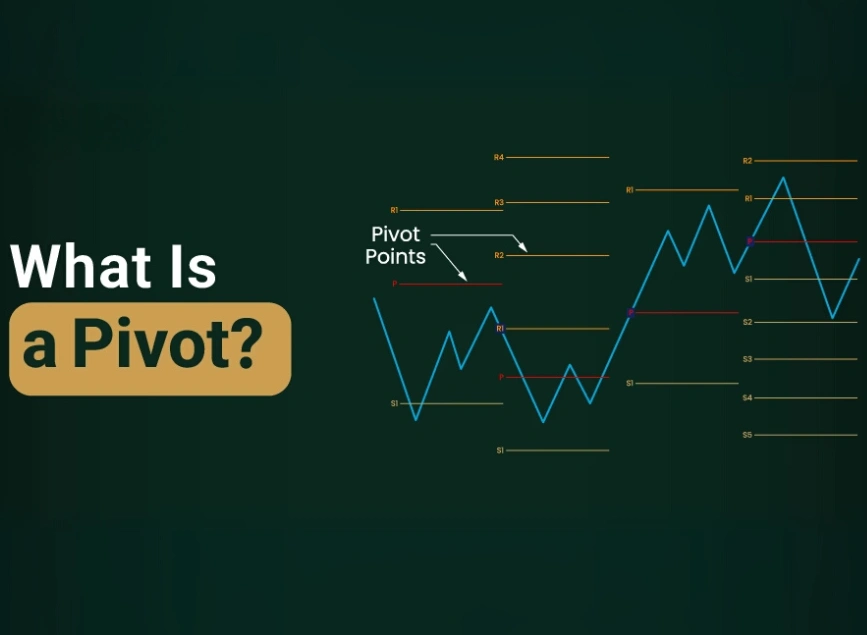
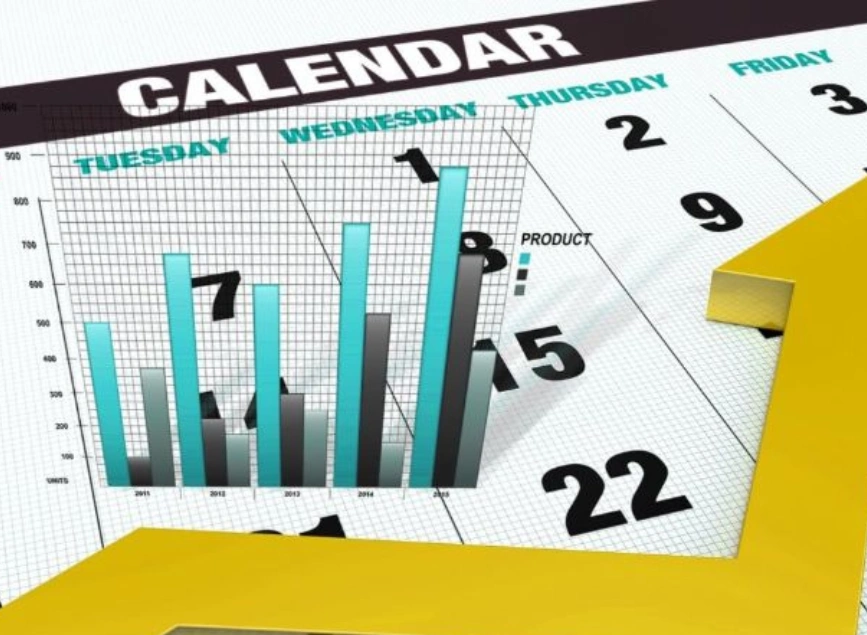
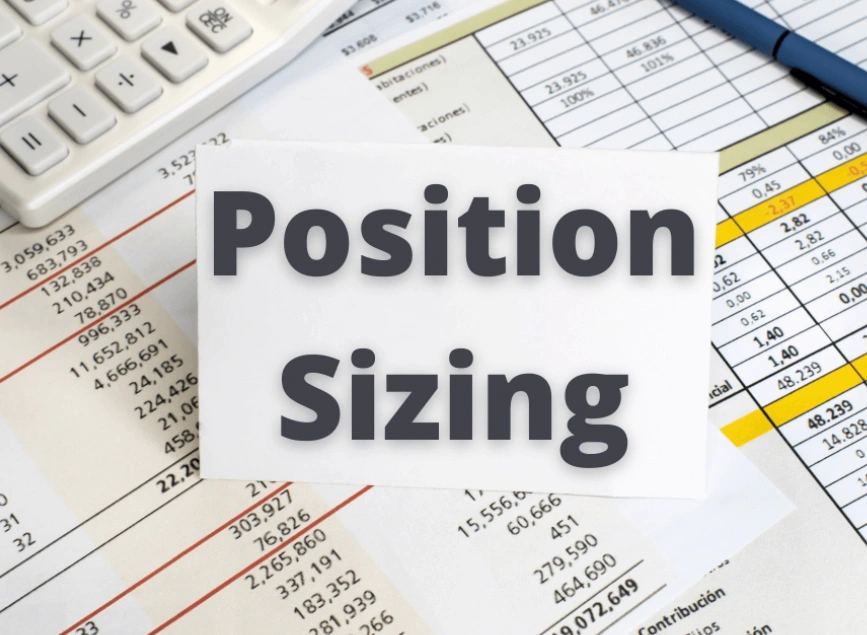

Submit comment
Your email address will not be published. Required fields are marked *